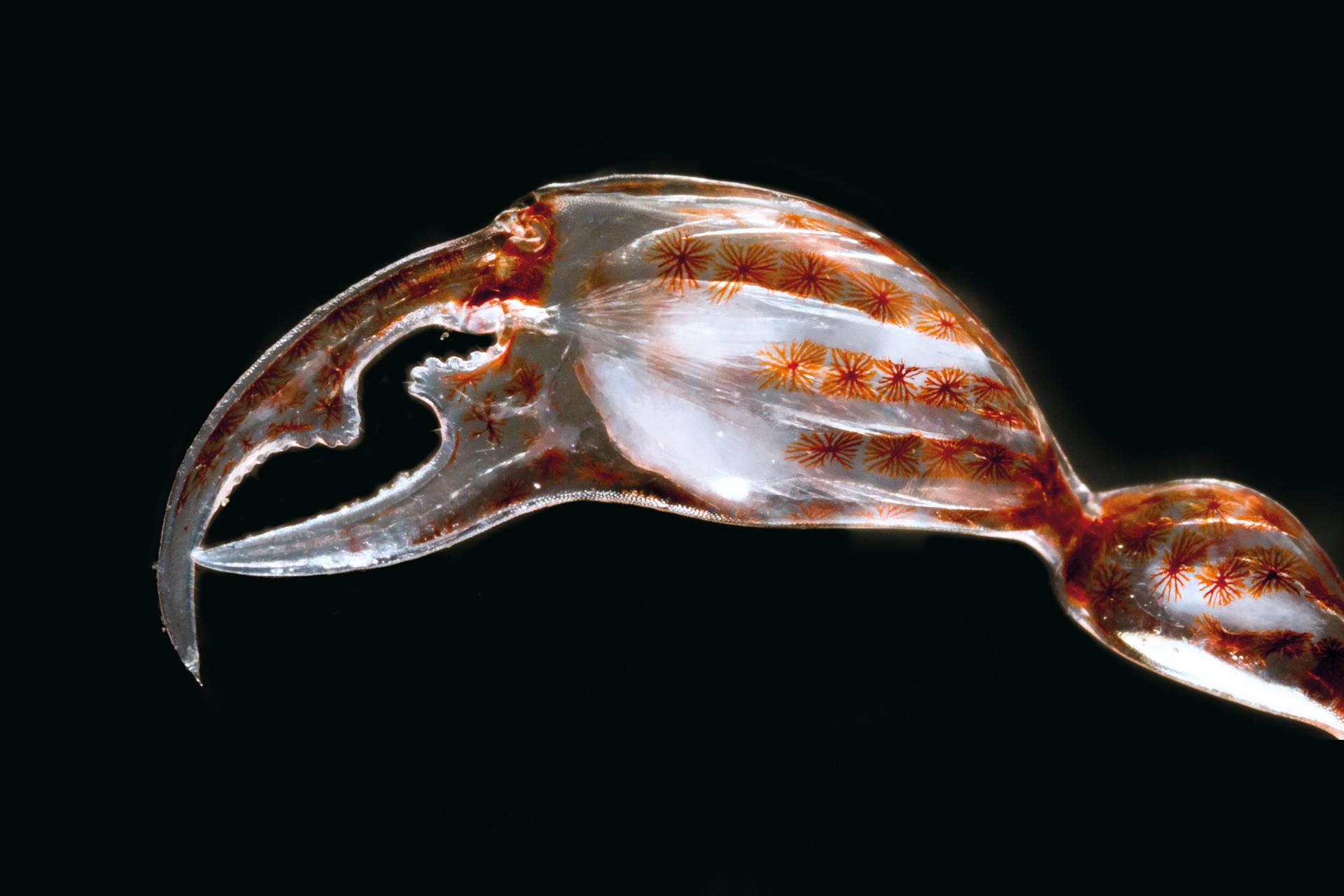Seven photos of spooky characters that live in the depths of the ocean
“Claws and Camouflage,” by Christian Sardet and Sharif Mirshak, CNRS. Phronima has four legs (two front and two hind ones), two large claws and a tail for swimming with the currents. Here, its claw is colored a copper-red from pigmented cells called chromatophores. It can contract the cells and appear completely transparent so that prey mistake it for harmless gelatinous plankton.
In 1979, the cult classic sci-fi thriller Alien unleashed one of the most blood-chilling monsters in movie history. When it lurches from a dark spaceship vent (or a human chest), we feel Ripley’s fear.
The alien’s terrifying traits were inspired by an amalgam of sources, especially a type of parasitic wasp, according to Roger Luckhurst, author of a recent book about the flick. But there’s a striking physical resemblance between the extraterrestrial behemoth and another real-life organism mere millimeters in size: a transparent plankton species called Phronima sedentaria. Coincidentally, the plankton’s carnivorous and parasitizing habits also parallel the alien’s.
Phronima sedentaria is a type of hyperiid amphipod, or small crustacean, that preys on gelatinous plankton, such as salps. The free-floating organism is equipped with claw-like appendages that slice open its victims, enabling the creature to crawl in and devour the soft tissues from the inside out. It then uses the leftover bits of the prey’s body to build a gelatinous protective home, or barrel, where females can deposit their young.
“[Phronima] has much more sophisticated behaviors than most crustaceans because it raises its young in a barrel, and it makes its barrels out of other creatures,” says Christian Sardet, the author and principal photographer of Plankton: Wonders of the Drifting World (University of Chicago Press, 2015), wherein he describes P. sedentaria as “a monster in a barrel."
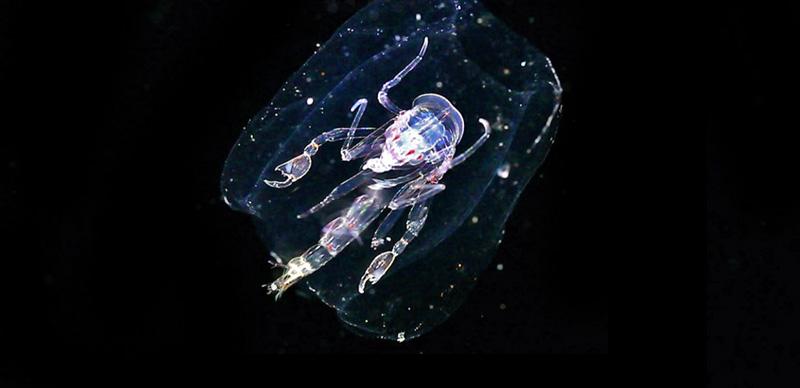
While Sardet, a cell and molecular biologist, has worked on other educational multimedia projects, including the film Exploring the Living Cell (2006), he’s best known for his work on the often-tiny organisms that drift with the current. His close friends and relatives refer to him as “Monsieur Plancton” and “Tonton Plancton” (Mr. Plankton and Uncle Plankton, respectively). “I don’t know,” laughs Sardet, who’s based in France. “They just made it up.”
Plankton: Wonders of the Drifting World (part of a larger project called Plankton Chronicles) abounds with pictures of more than 150 plankton species. Most of the photos were taken by Sardet when he was the research director of the French National Center for Scientific Research on the Villefranche-sur-mer Marine Station, as well as during a voyage on the Tara Oceans Expedition, an organization that studies climate and ecology out at sea.
“Having more people know about plankton was my main goal of the expedition,” Sardet says. “I was exposed to the different and beautiful behaviors of a lot of these organisms.”
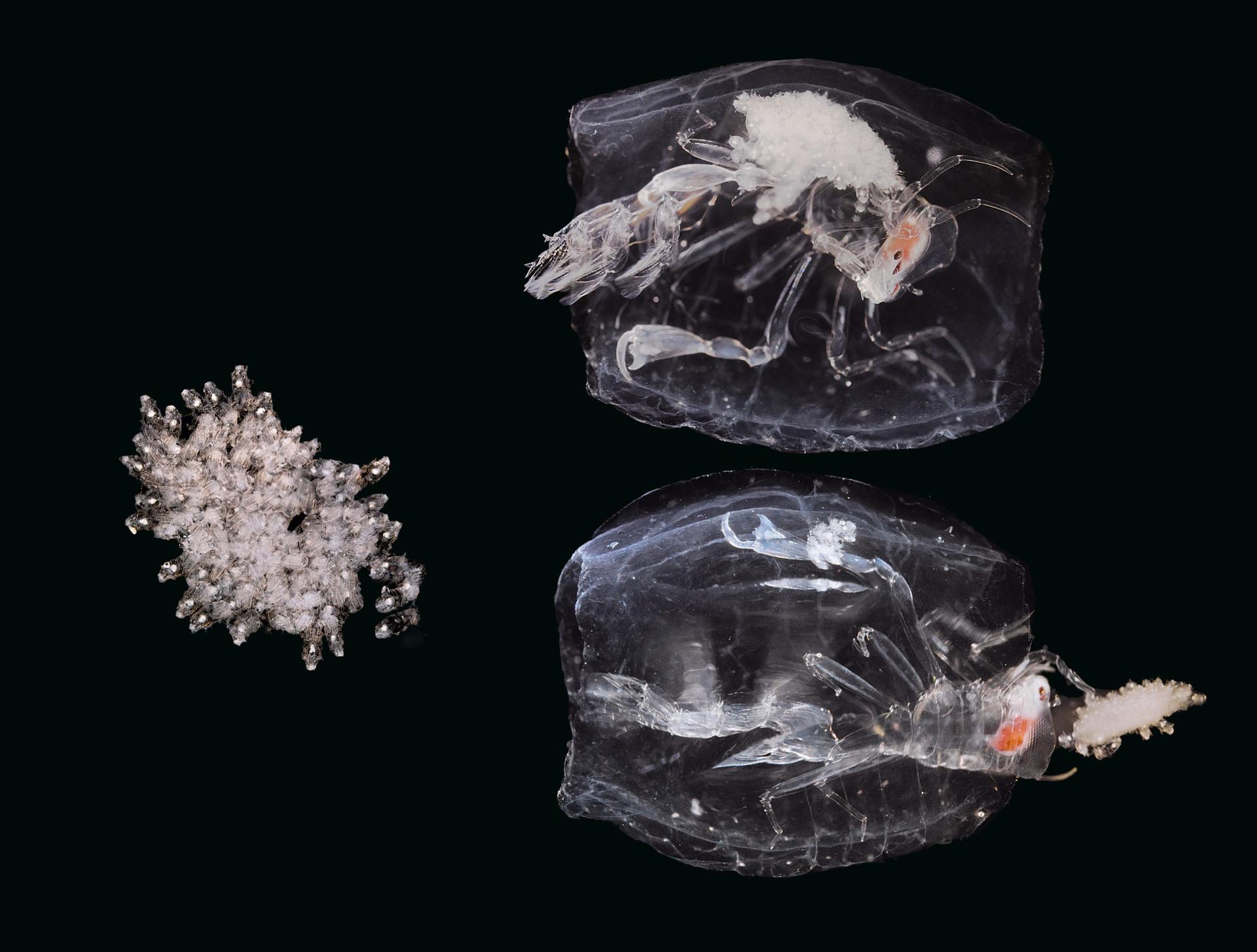
“Over geologic time, the planktonic organisms have literally transformed the world as we know it,” says Mark Ohman, a biological oceanographer at Scripps Institution of Oceanography at the University of California San Diego, who wrote the prologue to the English edition of Sardet’s book. For instance, plankton oxygenated the ocean and atmosphere, making the world habitable for complex organisms. They also take in substantial amounts of carbon dioxide, created many of the oil and gas deposits in the ocean, and are fundamental to ocean food webs.
“It’s really a plankton-eat-plankton world out there,” says Ohman.
Here are a few other plankton species photographed by Sardet and colleagues. Their look and behavior, we think, could inspire the next big-screen monster.
*When asked if “Phronima sedentaria” was a model for the creature in “Alien,” Roger Luckhurst replied, “I hadn’t heard this story.” Some media sources, however, indicate that David Attenborough made the comparison in his Blue Planet series, noting that he compared “P. sedentaria” with the alien queen in the 1986 sequel, “Aliens.”
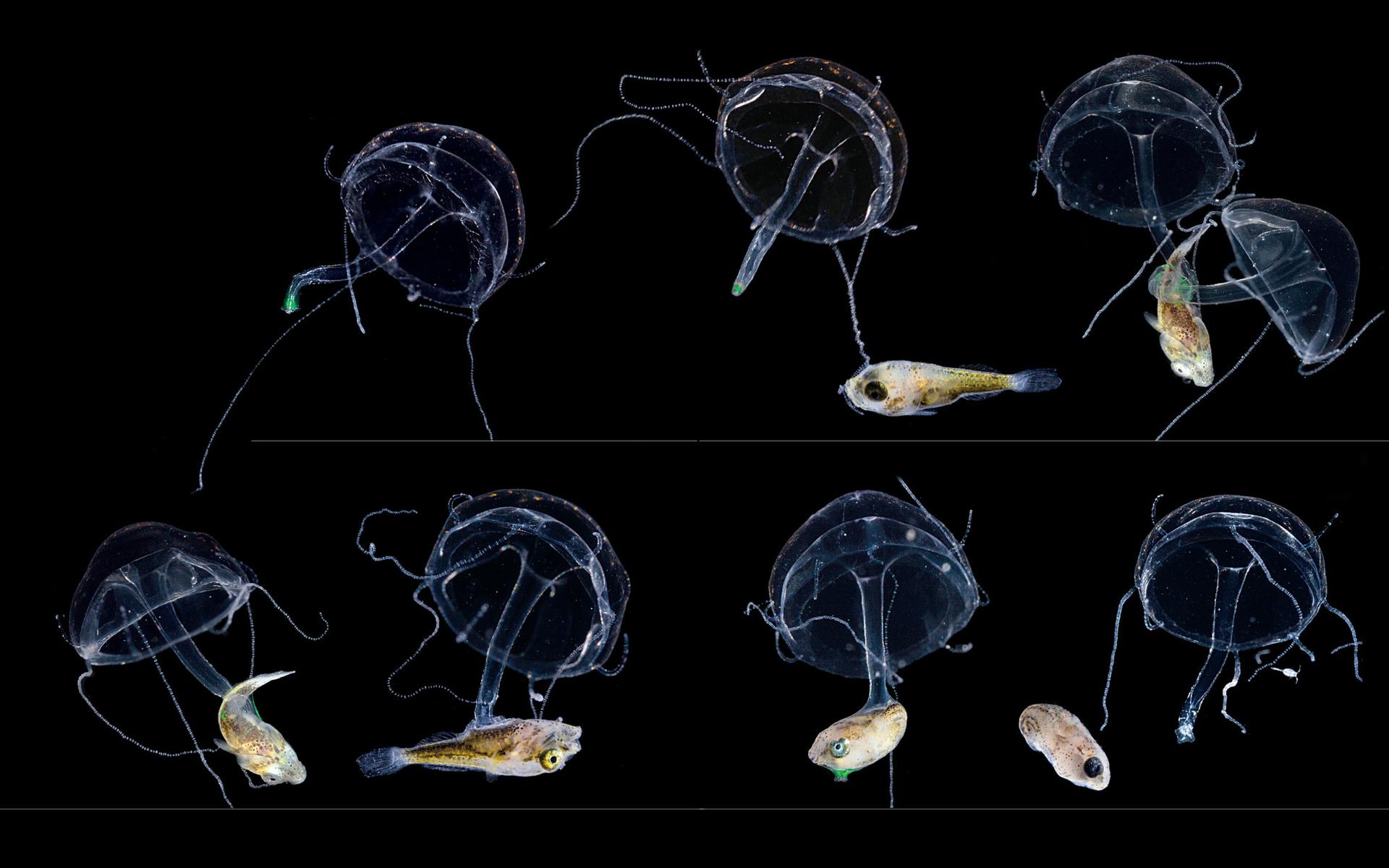
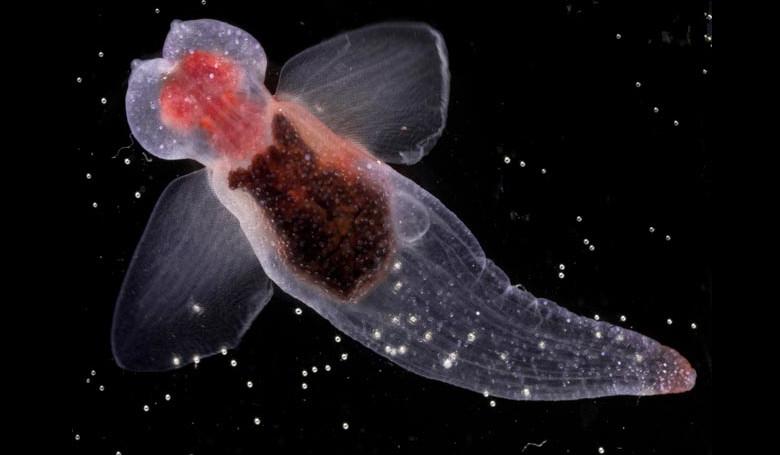
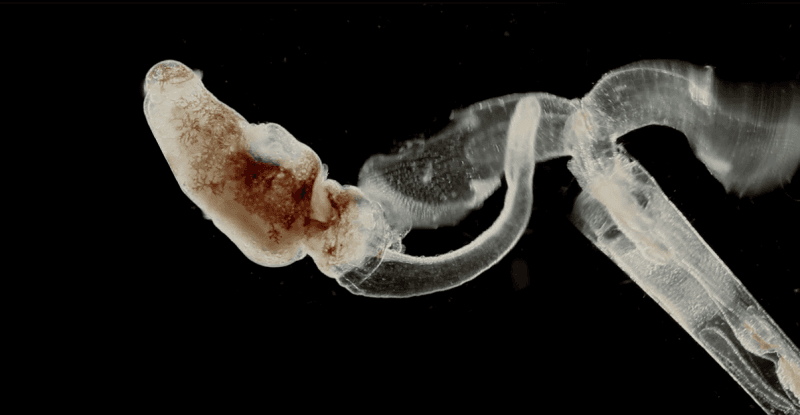
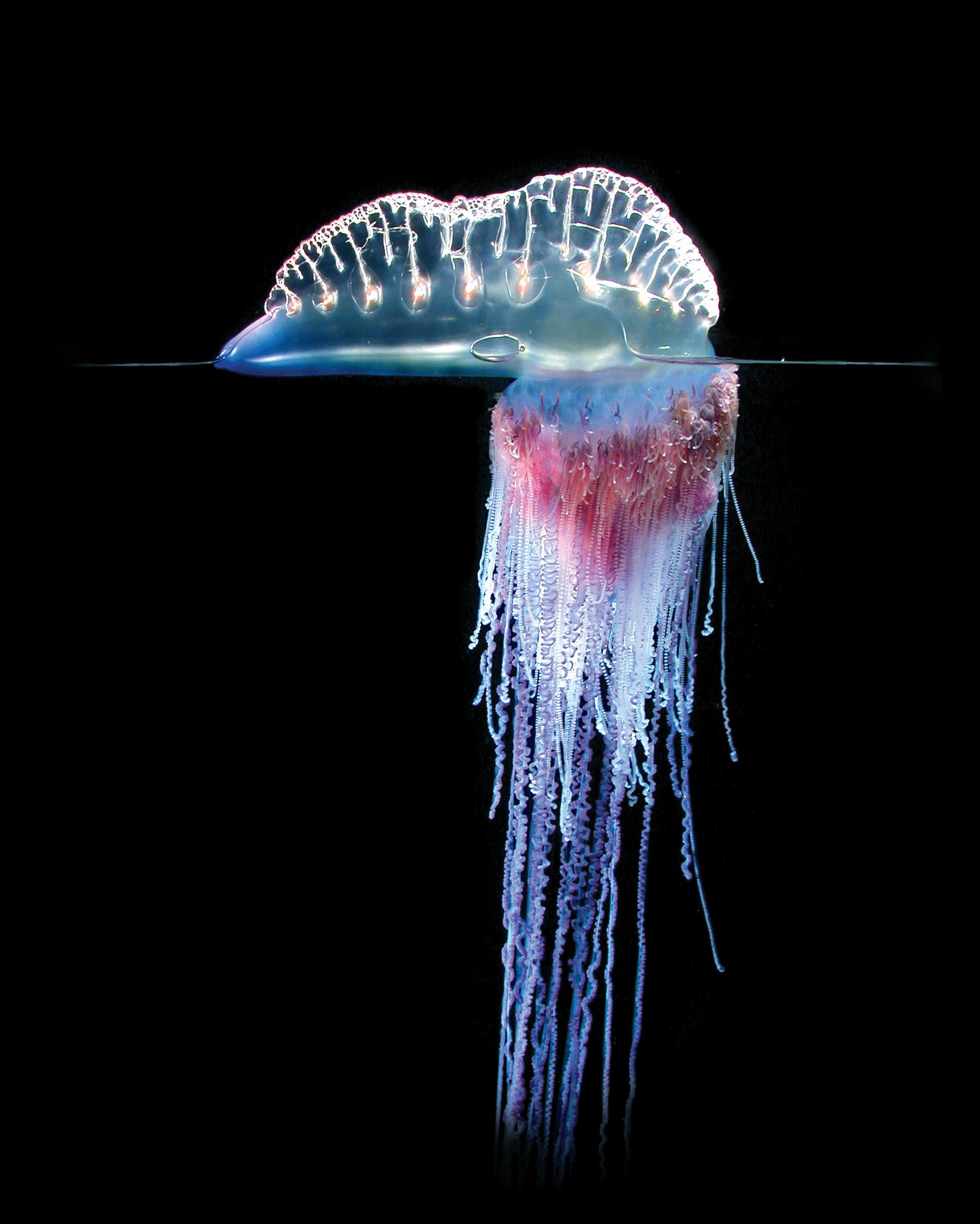
This story first aired as an interview on Science Friday with Ira Flatow.
The story you just read is accessible and free to all because thousands of listeners and readers contribute to our nonprofit newsroom. We go deep to bring you the human-centered international reporting that you know you can trust. To do this work and to do it well, we rely on the support of our listeners. If you appreciated our coverage this year, if there was a story that made you pause or a song that moved you, would you consider making a gift to sustain our work through 2024 and beyond?
